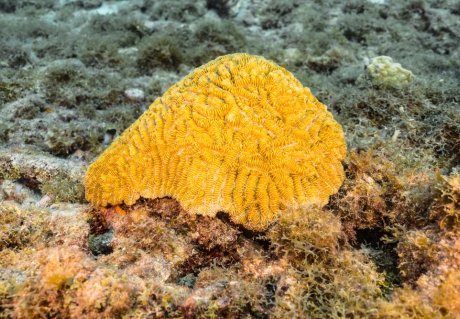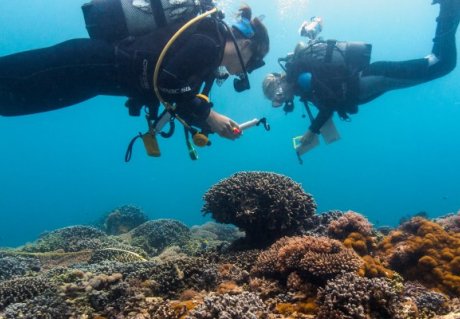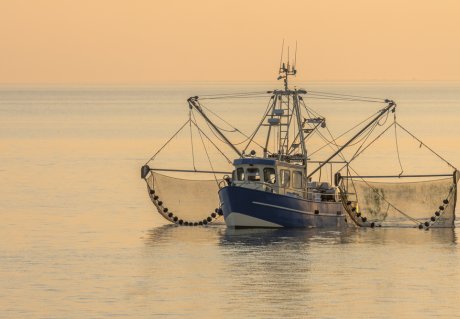Field monitoring
If we want to quantify changes in the marine environment, we need to set ecological and biological baselines and monitor their progress over time. This is exactly what Marine Animal Ecology does in a variety of systems in the Indo-Pacific, Kenya, the Arctic, the Dutch Caribbean and the North Sea.
Field monitoring entails both the monitoring of water quality parameters such as water temperature, salinity, pH and potential pollutants, and the monitoring of biological communities, benthic or pelagic. Biological communities can be monitored through visual (video) surveys, placing transect lines along the bottom and taking pictures to later be analysed in various softwares and/or using eDNA to assess presence of species. Multivariate statistics can then link environmental parameters to the presence and/or abundance of biological communities to better predict change.




